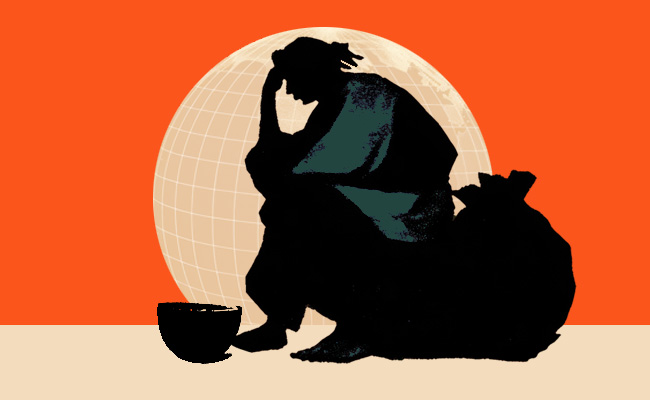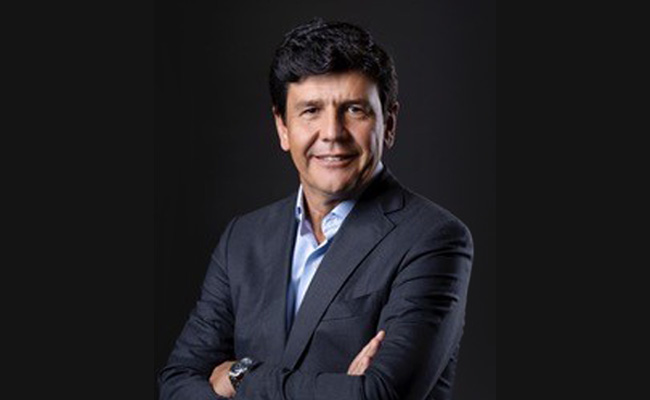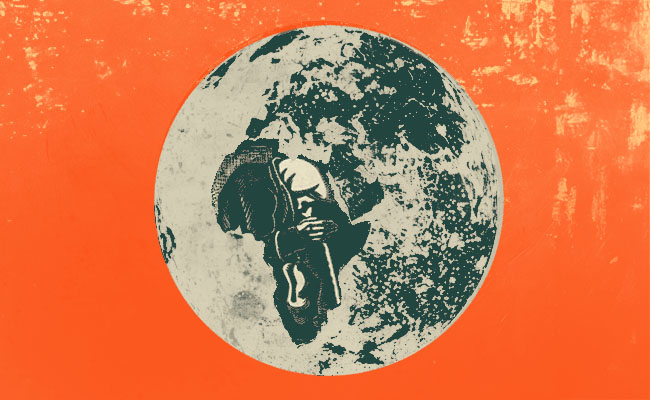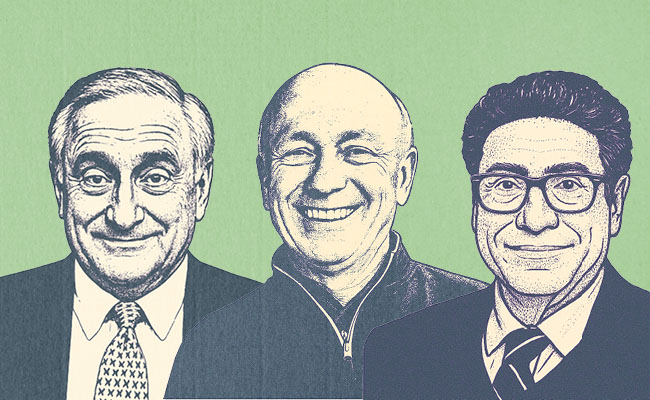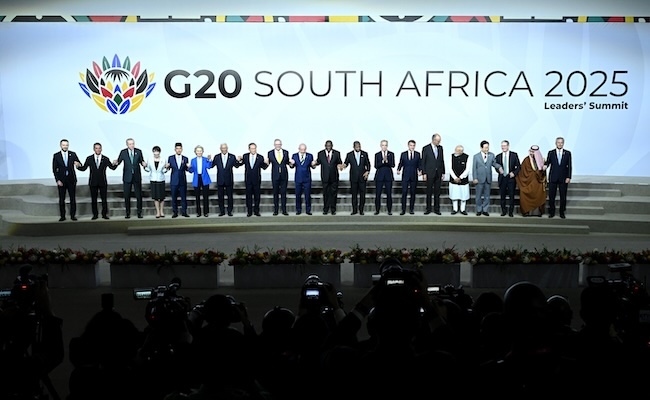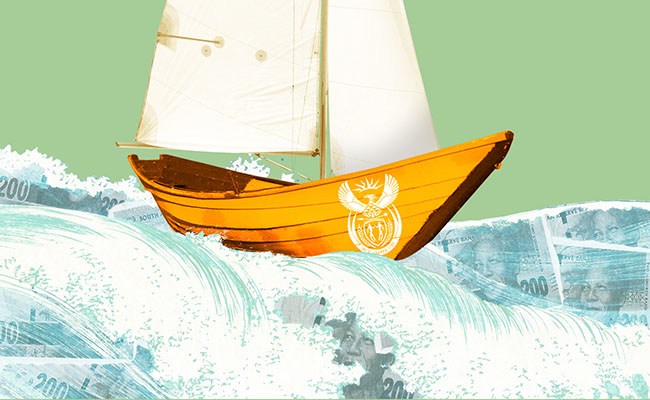Data from the World Bank suggests that extreme poverty has declined dramatically over the past four decades, from 47% of the world’s population in 1981 to about 10% today.
This narrative is based on the World Bank’s method of calculating the share of people who live on less than $3 per day in 2021 prices. This is adjusted for general price differences between countries (what’s known as purchasing power parity, or PPP).
But a growing body of literature argues that the World Bank’s PPP-based method has a major empirical limitation. The problem is that it does not account for the cost of meeting basic needs in any given context. Having more than $3 PPP does not guarantee that a person can afford the specific goods and services that are necessary for survival in a particular location.
In recent years, scholars have developed what they argue is a more accurate method for measuring extreme poverty. This is done by comparing people’s incomes to the prices of essential goods (specifically food, shelter, clothing and fuel) in each country.
This approach is known as the “basic needs poverty line” (BNPL), and it more closely reflects what the original concept of extreme poverty was intended to measure. There is robust data from household consumption surveys and consumer prices covering the period from 1980 to 2011.
The BNPL data indicates that the story of global poverty over the past few decades is more complex – and troubling – than the World Bank narrative suggests.
This data indicates that between 1980 and 2011, the global extreme poverty rate declined by only six percentage points, from 23% to 17%. During the same period, the number of people in extreme poverty actually increased, from 1.01-billion to 1.2-billion.
What’s more, the alleviation of poverty has not been steady. In the 1980s and 1990s, an additional 1-billion people were thrown into extreme poverty. This occurred during the period when market reforms were implemented across most of the Global South (developing countries in Africa, Asia and Latin America), often under pressure from Western-controlled financial institutions. There was improvement throughout the 2000s, but progress has ultimately been slow and shallow.
Rising food insecurity
Robust BNPL data does not exist after 2011. However, data from the UN Food and Agricultural Organization’s (FAO) surveys on food insecurity shows that the proportion of the world population without reliable access to food increased steadily during the past decade or so, going from 21% in 2014 to 30% in 2022.
This includes cases of severe food insecurity, which is associated with prolonged periods of hunger. The share of the world population suffering in this way has increased from 7.7% to 11.3%.
Given that secure access to food is central to the BNPL method, we may assume that post-2011 poverty trends have probably not improved much, if at all.
This has important implications for the UN’s millennium development goals. The first of these set out to halve the proportion of the world’s population living in extreme poverty between 1990 and 2015. But the data on basic-needs poverty and food insecurity indicates that this goal was probably not achieved.
Extreme poverty is not a natural condition, but a sign of severe dislocation. Data on real wages since the 15th century indicates that, under normal conditions, across different societies and eras, people are generally able to meet their subsistence needs except during periods of severe social displacement.
This includes crises like famine and war, and the institutionalised denial of resources to marginalised people, particularly under European colonialism.
What’s more, the BNPL data shows that many countries have achieved very low levels of extreme poverty, even where GDP per capita is not high. They have done this by using strategies such as public provisioning and price controls for basic essentials.
This is consistent with previous research that found that these strategies can enable better social outcomes at any level of income.
In fact, research shows that the world economy already has enough productive capacity to eliminate global poverty many times over. Indeed it is possible not only to eliminate extreme poverty, but also to eliminate deprivation at much higher thresholds.
With these levels of production, we could ensure universal access to health care, education, modern housing, sanitation systems, electricity, clean cooking stoves, refrigeration, mobile phones, internet, computers, transport, household appliances and other necessities for decent living standards, for more than 8-billion people.
The fact that poverty persists at such high levels today indicates that severe dislocation is institutionalised in the world economy – and that markets have failed to meet the basic needs of much of humanity.
Ending extreme poverty is the first objective of the UN’s sustainable development goals. The world economy has the resources and productive capacity to realise this goal – and more. But achieving it will require organising production to guarantee universal access to the specific goods and services that people need to live decent lives.
This article was originally published by The Conversation.

Top image: Rawpixel/Currency collage.
Sign up to Currency’s weekly newsletters to receive your own bulletin of weekday news and weekend treats. Register here.



